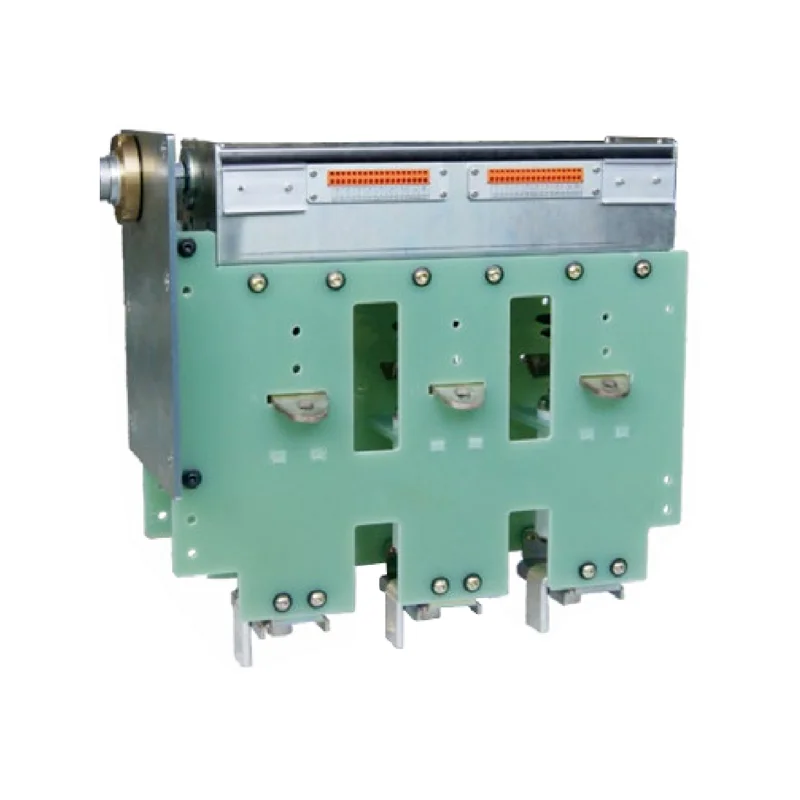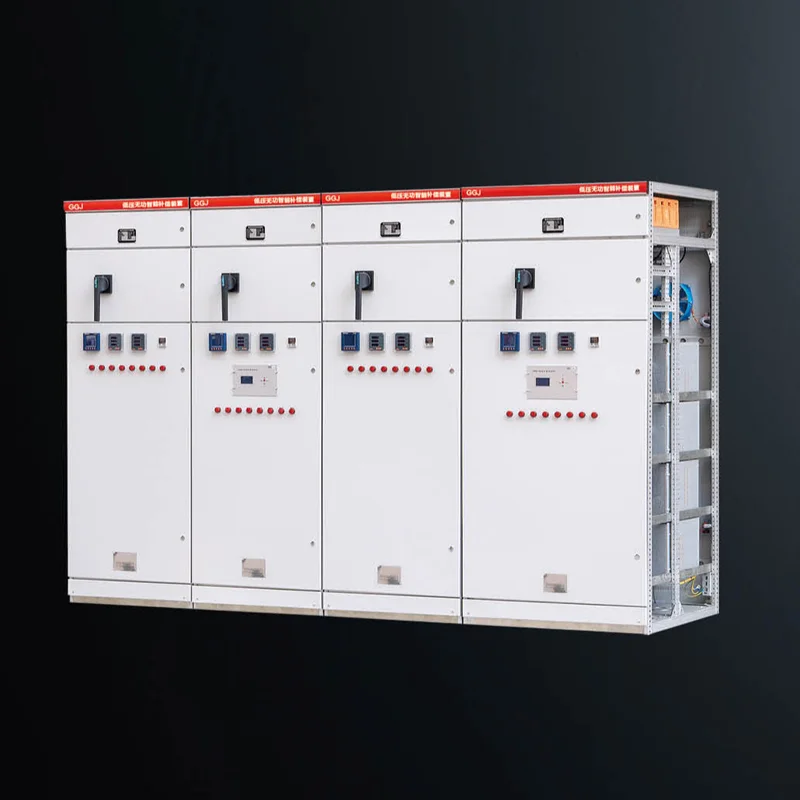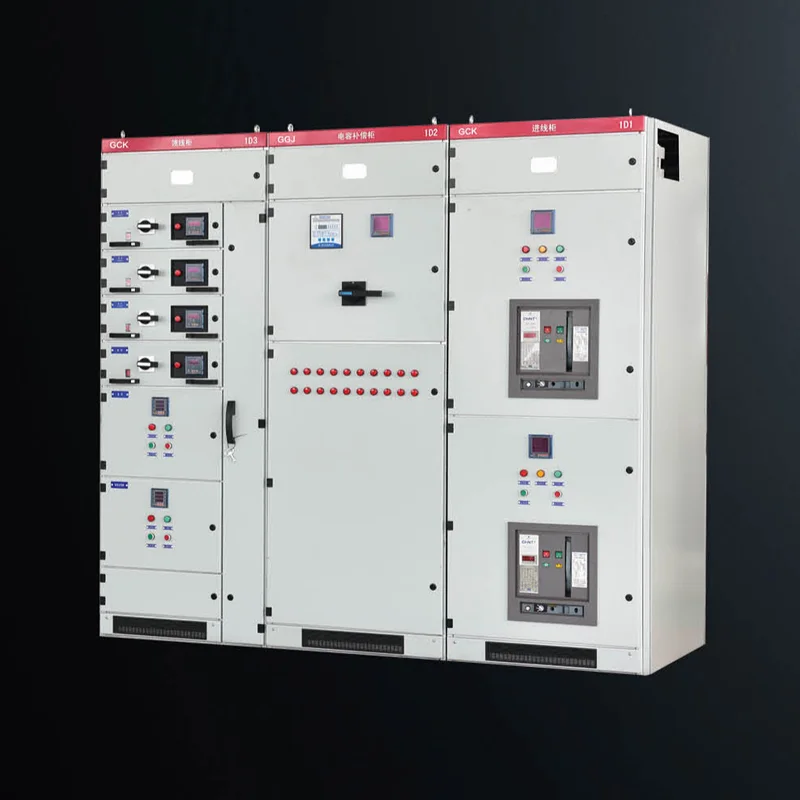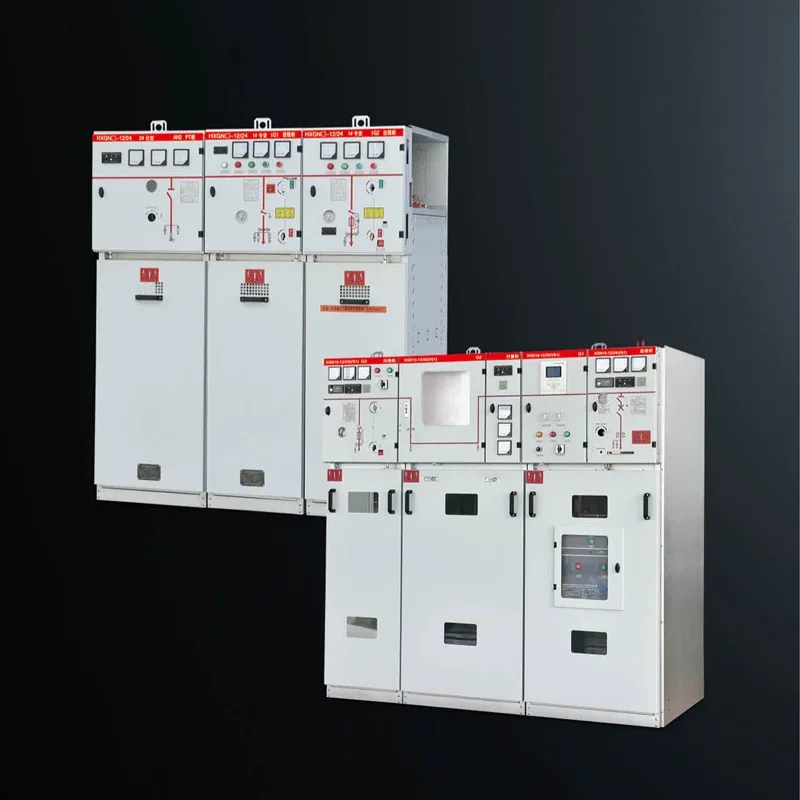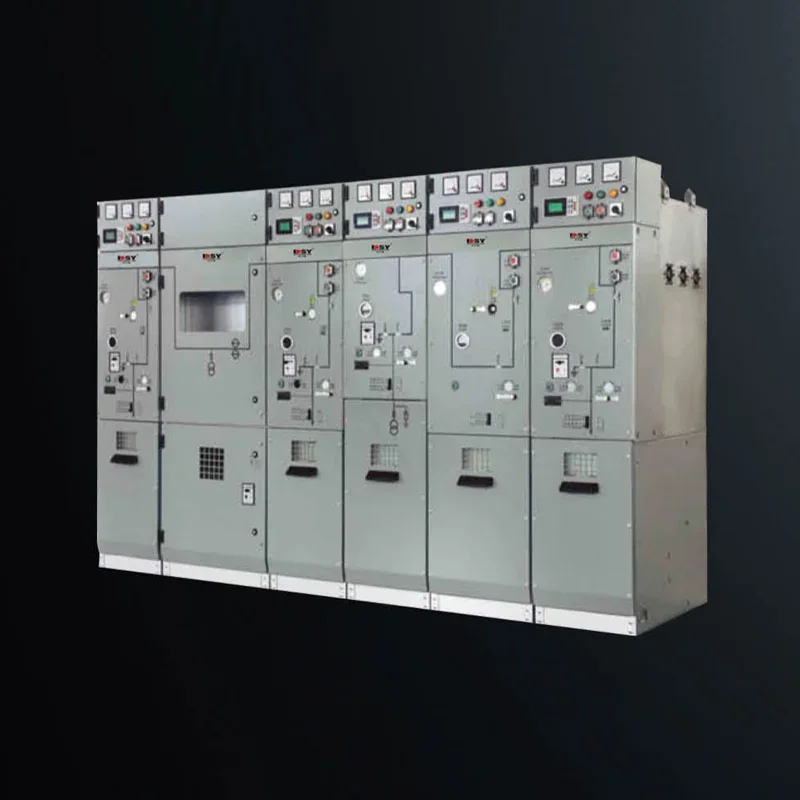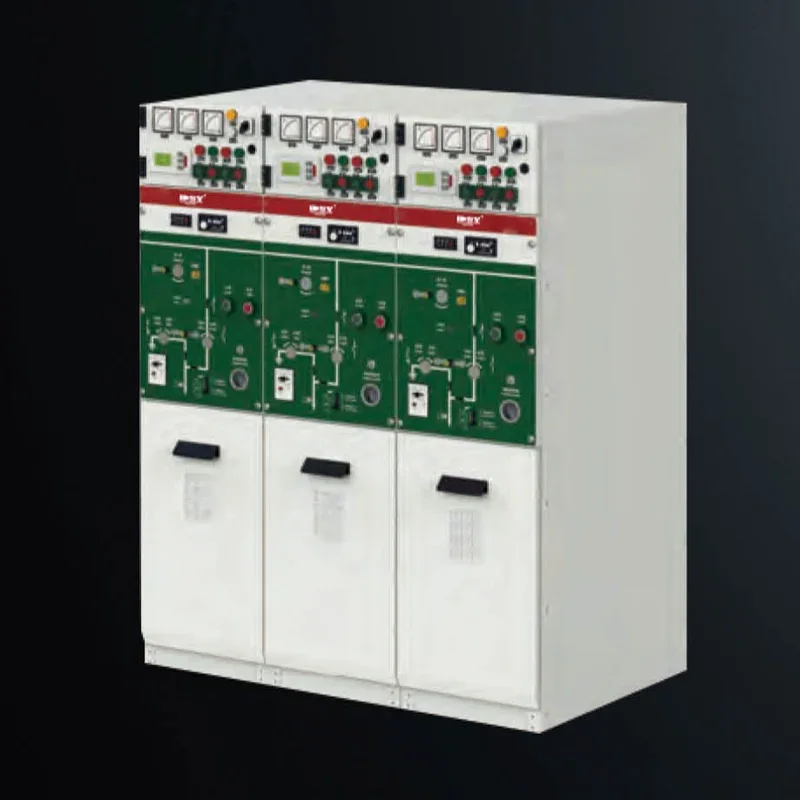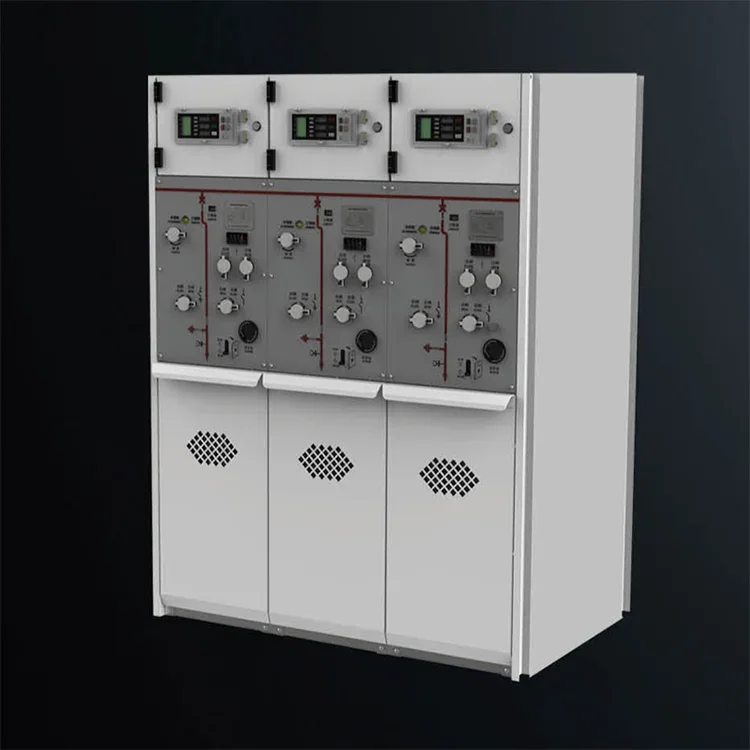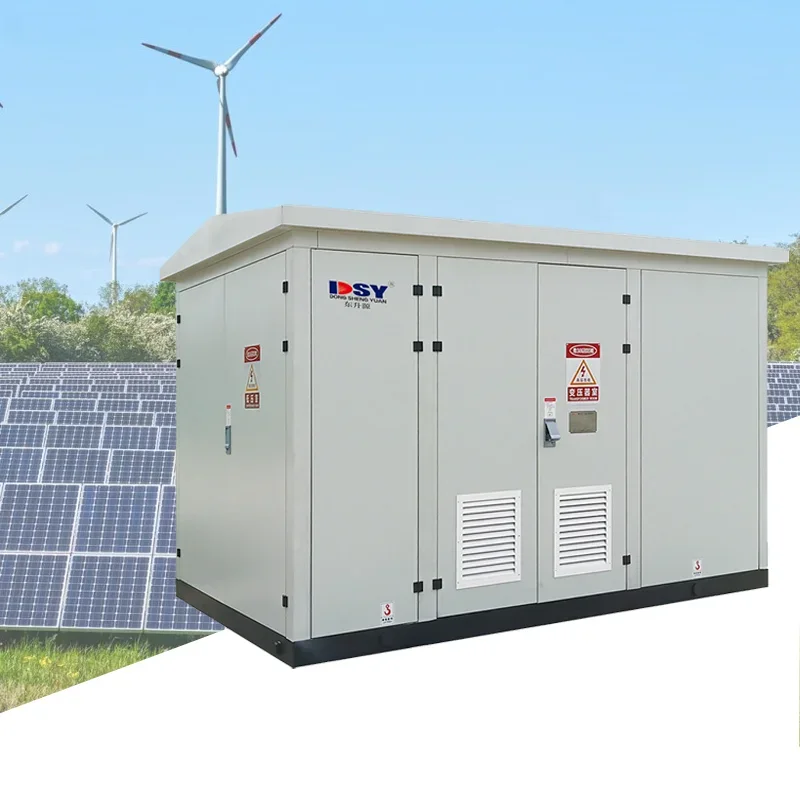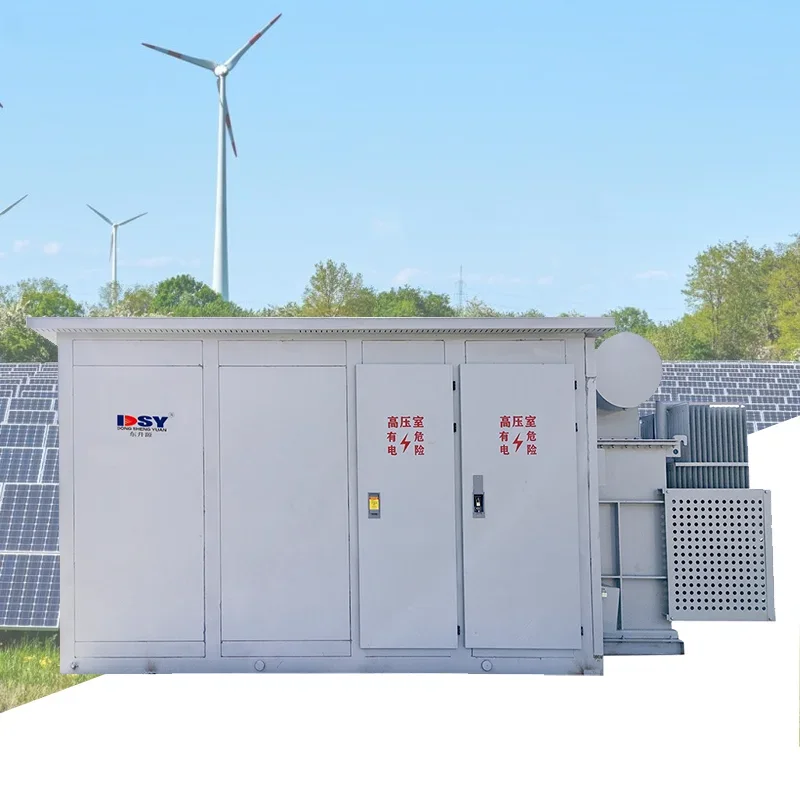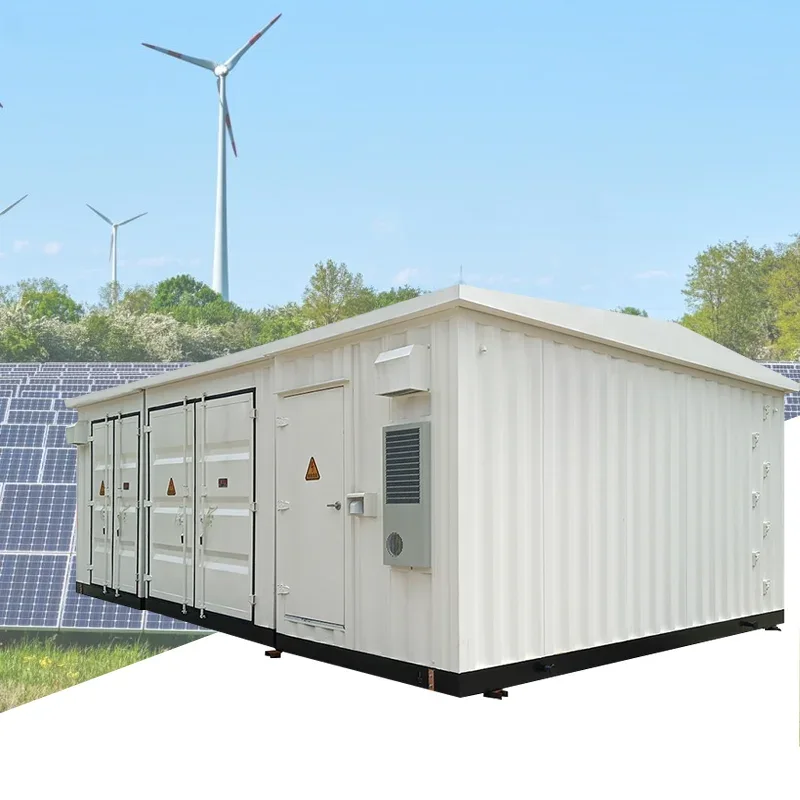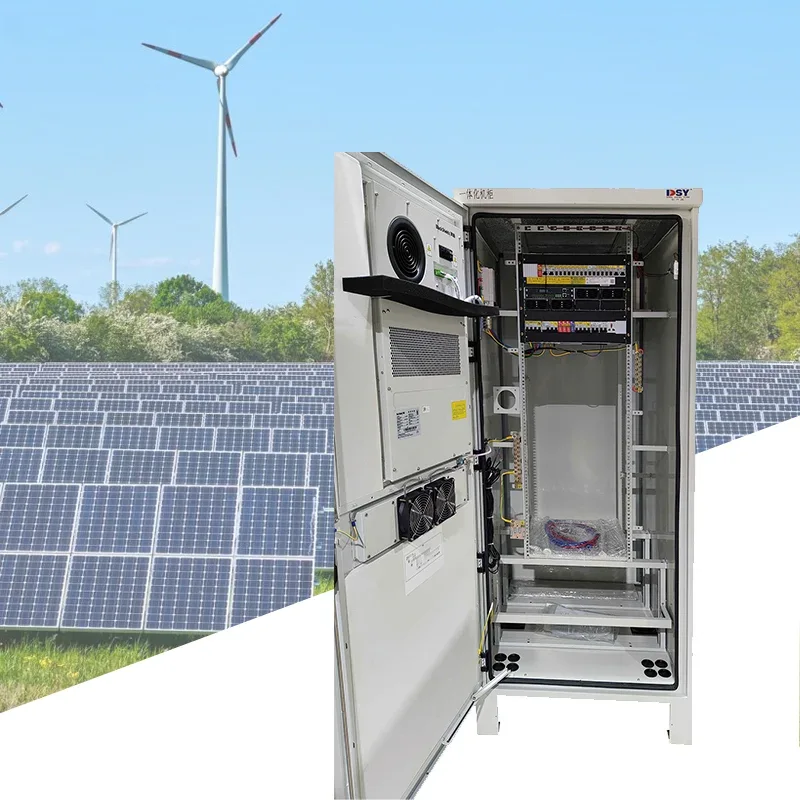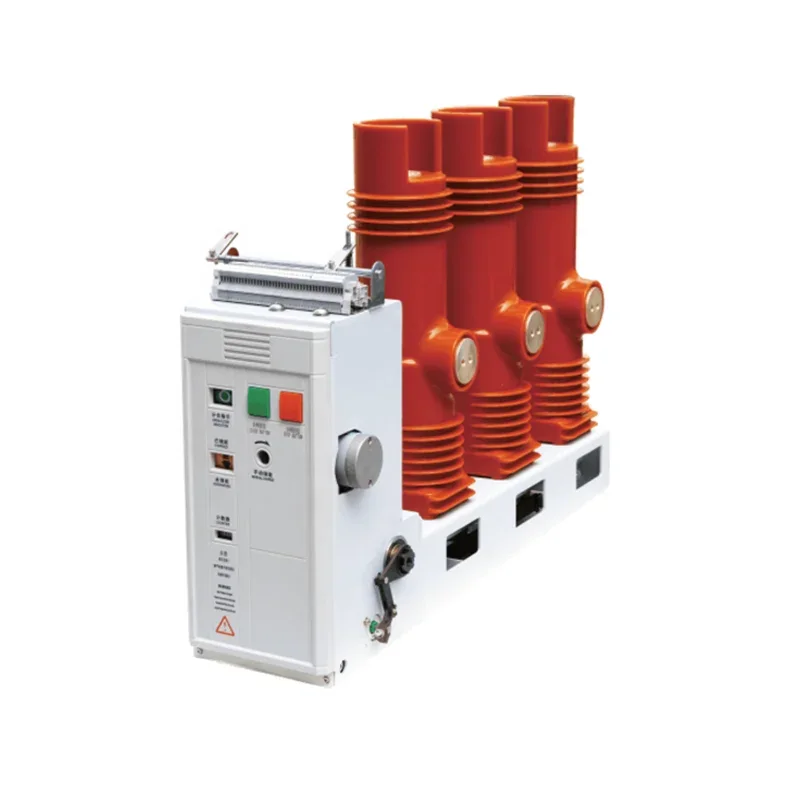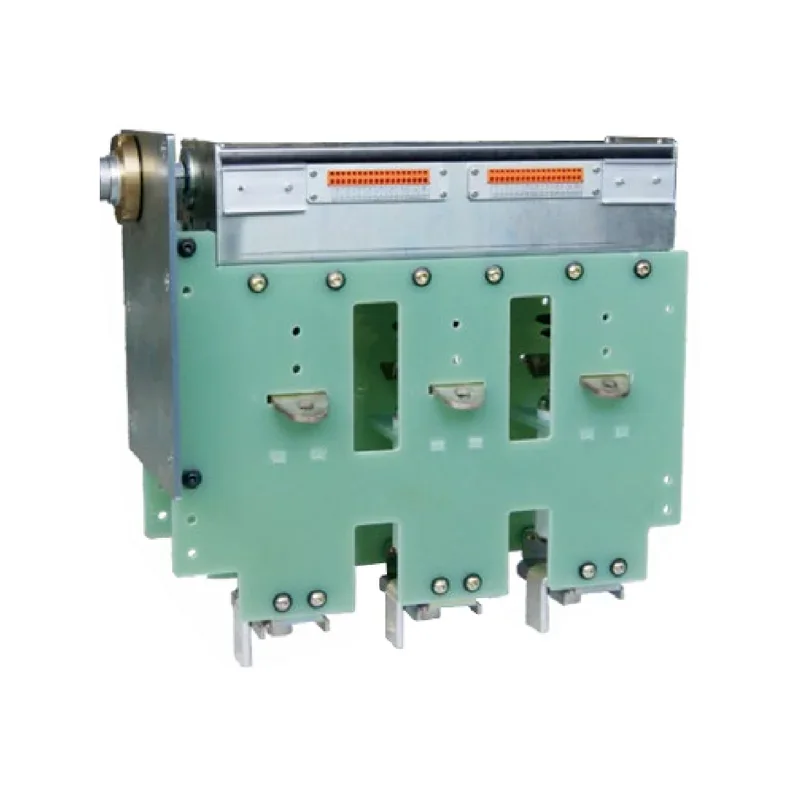Understanding the Importance of Power Distribution Boxes in Electrical Systems
Understanding the Importance of Power Distribution Boxes in Electrical Systems Table of Contents 1. Introduction to Power Distribution Boxes 2. The Functionality of Power Distribution Boxes 3. Types of Power Distribution Boxes 4. Key Benefits of Using Power Distribution Boxes 5. Installing Power Distribution Boxes: A Step-by-Step Guide 6. Maintenance and Safety Tips for Po
Jun 08,2025
Understanding the Importance of Power Distribution Boxes in Electrical Systems
Table of Contents
- 1. Introduction to Power Distribution Boxes
- 2. The Functionality of Power Distribution Boxes
- 3. Types of Power Distribution Boxes
- 4. Key Benefits of Using Power Distribution Boxes
- 5. Installing Power Distribution Boxes: A Step-by-Step Guide
- 6. Maintenance and Safety Tips for Power Distribution Boxes
- 7. Common Issues and Troubleshooting
- 8. Conclusion: The Key Role of Power Distribution Boxes in Electrical Systems
- 9. Frequently Asked Questions
1. Introduction to Power Distribution Boxes
Power distribution boxes are essential components in any electrical system, serving as the hub for distributing electrical power to various circuits and devices. These systems ensure that power is delivered safely and efficiently, reducing the risk of overloads and electrical fires. Understanding the critical role these boxes play is vital for anyone involved in electrical installations or maintenance.
2. The Functionality of Power Distribution Boxes
Power distribution boxes perform several key functions within electrical systems:
2.1 Centralized Control
These boxes act as centralized points where electrical power is distributed to different areas. This centralization allows for better regulation and control over the electrical flow.
2.2 Circuit Protection
Power distribution boxes are equipped with circuit breakers or fuses that protect electrical circuits from overload and short circuits. This protection is crucial for preventing damage to devices and ensuring user safety.
2.3 Efficient Power Management
By systematically distributing power, these boxes help manage electrical loads more efficiently. This management can lead to reduced energy costs and better performance of electrical devices.
3. Types of Power Distribution Boxes
Power distribution boxes come in various types, each designed for specific applications:
3.1 Main Distribution Boards (MDBs)
MDBs serve as the primary source of power distribution in large installations. They typically house high-capacity circuit breakers and serve multiple sub-distribution boxes.
3.2 Sub Distribution Boards (SDBs)
SDBs are smaller and branch out from the MDBs, providing power to specific areas or circuits, ensuring localized control and protection.
3.3 Final Distribution Boards (FDBs)
These boards are used at the end of the distribution chain and provide power directly to electrical devices and appliances.
4. Key Benefits of Using Power Distribution Boxes
Power distribution boxes offer numerous benefits that enhance the safety, efficiency, and reliability of electrical systems:
4.1 Enhanced Safety
By incorporating circuit protection and centralized control, these boxes significantly reduce the risk of electrical hazards.
4.2 Improved Reliability
With proper distribution and control, power distribution boxes help ensure a stable power supply, minimizing the chances of outages and equipment failure.
4.3 Simplified Maintenance
Centralized locations make it easier for technicians to access and maintain circuits, reducing downtime and increasing overall system efficiency.
5. Installing Power Distribution Boxes: A Step-by-Step Guide
The installation of power distribution boxes requires careful planning and adherence to safety standards:
5.1 Planning and Design
Begin by assessing the electrical load requirements and determining the appropriate type and size of the distribution box. Collaborate with a qualified electrician to design an efficient layout.
5.2 Selecting the Right Location
Choose a location that is easily accessible for maintenance yet secure from unauthorized access. Ensure the area is dry and free from potential hazards.
5.3 Mounting the Distribution Box
Securely mount the distribution box to a wall or other stable structure, ensuring it is level and properly anchored.
5.4 Wiring Connections
Follow the manufacturer's instructions to connect wires from the main power source to the distribution box. Ensure all connections are tight and secure.
5.5 Testing and Commissioning
Once installed, conduct thorough testing of the system to verify that all circuits are functioning correctly and safely. Document all tests and results.
6. Maintenance and Safety Tips for Power Distribution Boxes
Regular maintenance is crucial for the longevity and safety of power distribution boxes:
6.1 Schedule Regular Inspections
Routine inspections help identify potential issues before they become major problems. Inspect connections, fuses, and circuit breakers regularly.
6.2 Keep the Area Clean and Dry
Ensure the vicinity of the distribution box is free of dust, debris, and moisture to prevent electrical faults.
6.3 Update and Replace Components as Needed
Stay vigilant for signs of wear and tear. Replace outdated or faulty components promptly to maintain system reliability.
7. Common Issues and Troubleshooting
Understanding common issues can help in troubleshooting:
7.1 Overloading Circuits
Exceeding the capacity of a circuit can cause breakers to trip or fuses to blow. Distributing load evenly across circuits can mitigate this issue.
7.2 Loose Connections
Loose wiring can lead to inconsistent power delivery and increased fire risk. Regularly check and tighten all connections.
7.3 Component Failures
Fuses and circuit breakers can fail over time. Regular replacements and upgrades can help prevent unexpected failures.
8. Conclusion: The Key Role of Power Distribution Boxes in Electrical Systems
Power distribution boxes are fundamental to the safe and efficient functioning of electrical systems. Their role in controlling, protecting, and distributing electrical power cannot be overstated. By investing in quality distribution boxes and adhering to best practices for installation and maintenance, users can significantly enhance the safety and reliability of their electrical systems.
9. Frequently Asked Questions
9.1 What is a power distribution box?
A power distribution box is a crucial component in electrical systems that distributes electrical power to various circuits while providing protection and control.
9.2 How do I choose the right power distribution box?
Consider factors such as the total electrical load, the number of circuits needed, and the specific application when selecting a distribution box.
9.3 How often should I maintain my power distribution box?
Regular inspections should be conducted at least annually, with more frequent checks recommended for high-use systems.
9.4 Can I install a power distribution box myself?
While some individuals may have the skills, it is recommended to hire a qualified electrician to ensure compliance with safety standards and codes.
9.5 What are the signs of a failing power distribution box?
Common signs include frequent tripping of breakers, burning smells, or visual damage to the box or wiring.
Related News
The difference between circuit breakers and vacuum circuit breakers
Circuit breaker is an abbreviation for pole type circuit breaker. Circuit breakers are also vacuum circuit breakers
Voltage regulators are required for various places that require voltage control, such as controlling lighting

